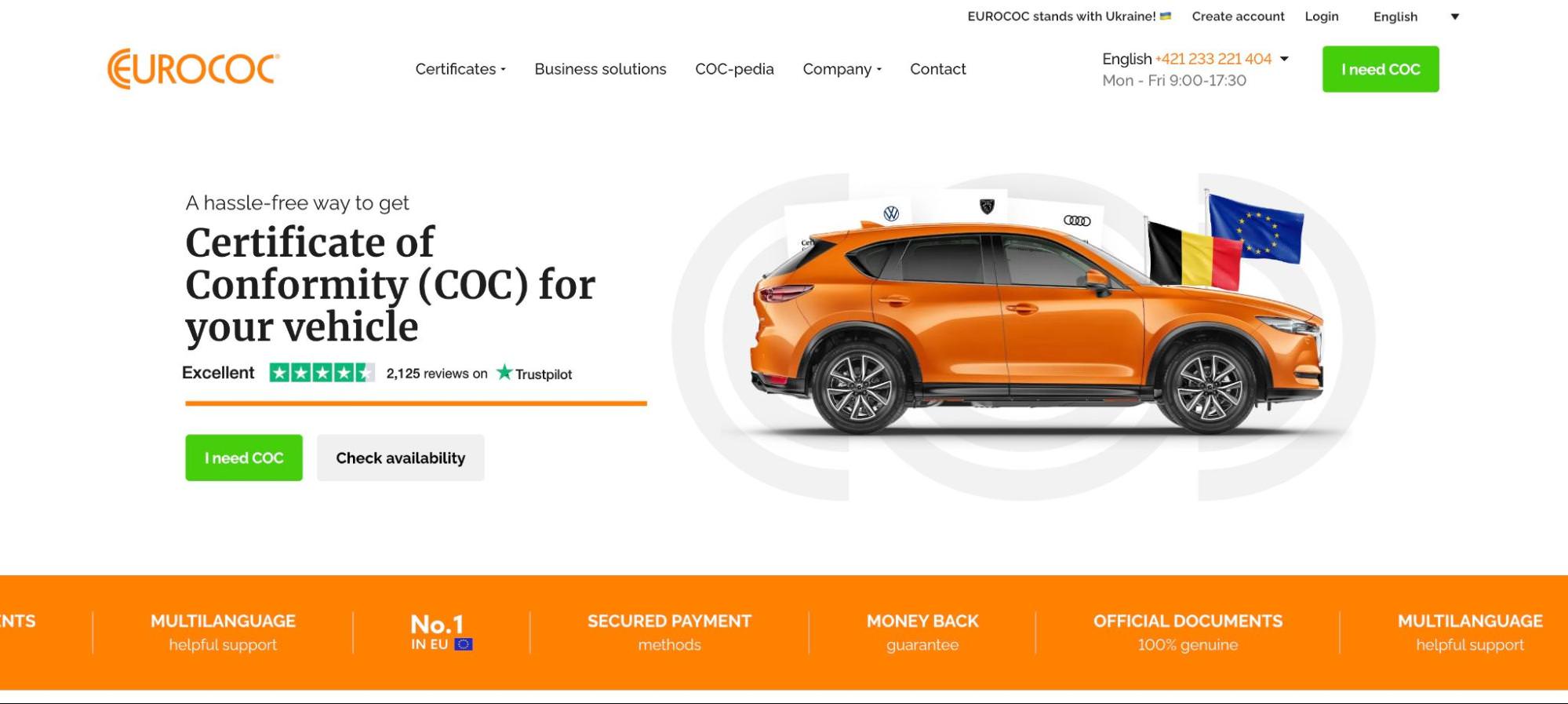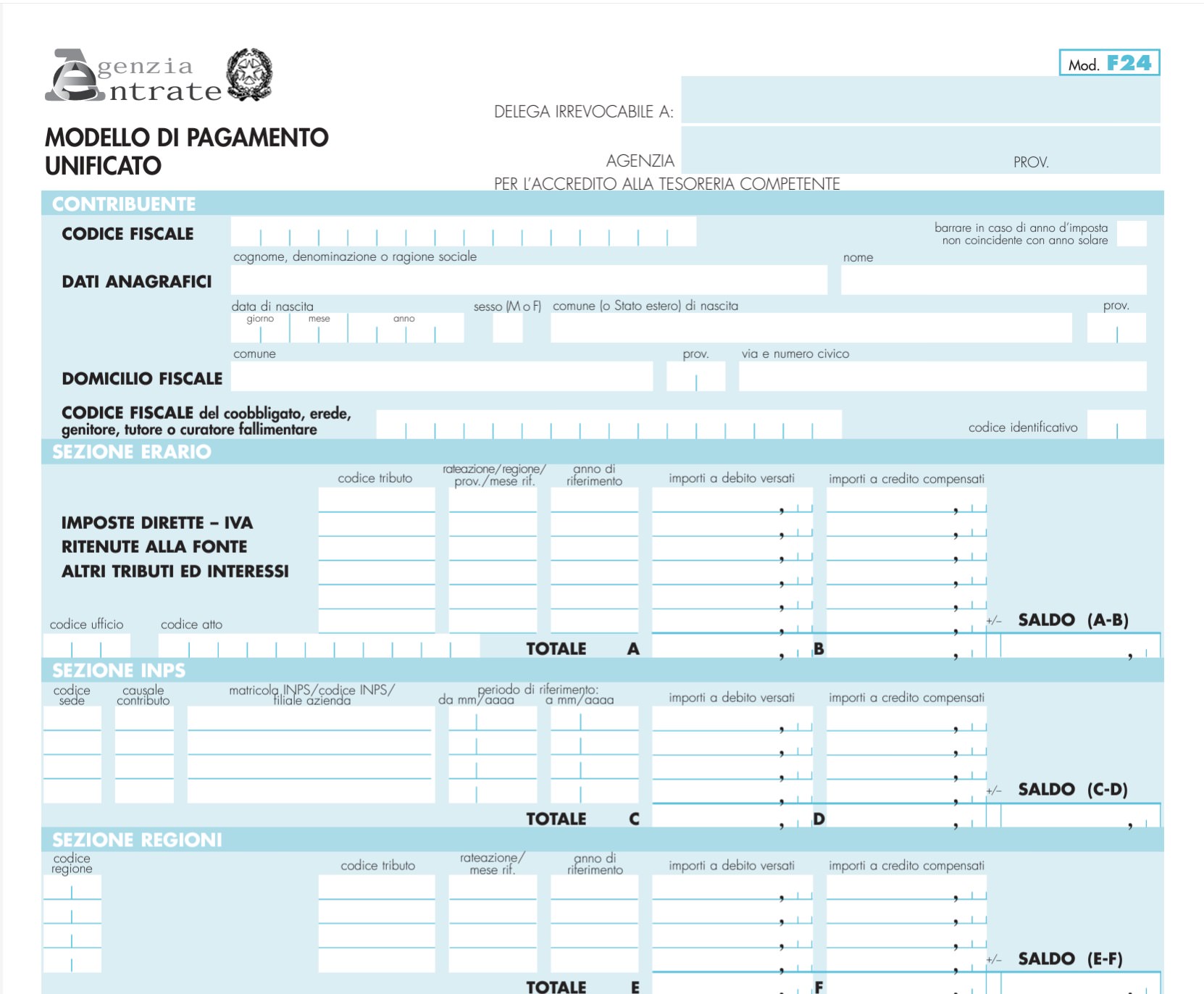- Blog
- How to Import a Car to Italy
How to Import a Car to Italy
Discover how to import a car to Italy with ease. Learn about regulations, documentation, taxes, and registration in this simple, comprehensive guide.

We’re continuing with our series of articles on how to import used cars. After our guide to importing cars to Portugal, we’re now turning to Italy.
For small to medium car traders, importing used cars to Italy doesn't have to be a complex puzzle.
All you need to do is have all the correct information at your disposal and understand the local regulations.
This guide will break down the steps so that you're well-equipped with the knowledge needed to navigate the Italian import system.
Get to know the Italian car market
Importing used cars is a huge business in Italy. According to statistics, in 2022, around 36.3% of all used cars imported to Italy were from Germany.
The second most popular import country for used vehicles is France, with 13,9% of Italian used cars coming from there. Belgium is also there in the top 5 of the most popular import countries.
In total, in the span of one year (from 2021 to 2022), around 32.1% of used cars in Italy were imported vehicles.
Data shows the Italian used car market will only continue to grow from 2024 to 2029.
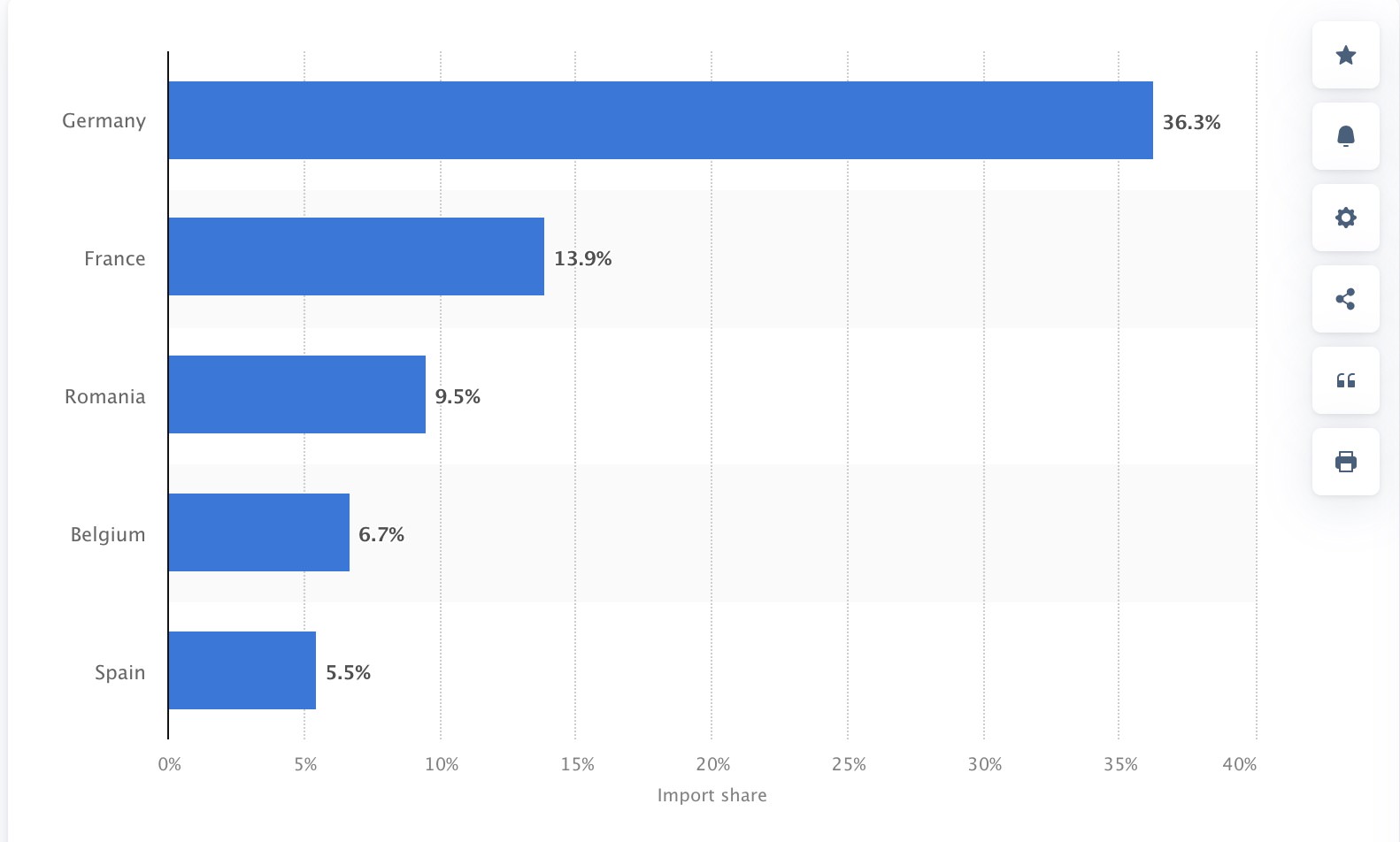 Source: Statista
Source: Statista
Italy's import regulations
To successfully import a used car to Italy after buying it on eCarsTrade car auctions, you’ll need to learn about Italy's import regulations.
We’ll cover customs, import tax, VAT, and all other technicalities you need to know. Let’s start!
Documentation required for car import to Italy
Here are all the documents you will need to import your car to Italy:
-
Purchase invoice
This confirms that you bought a car, either from a dealership or online, like from eCarsTrade. You can find all your invoices on your Personal Page and download them directly from there.
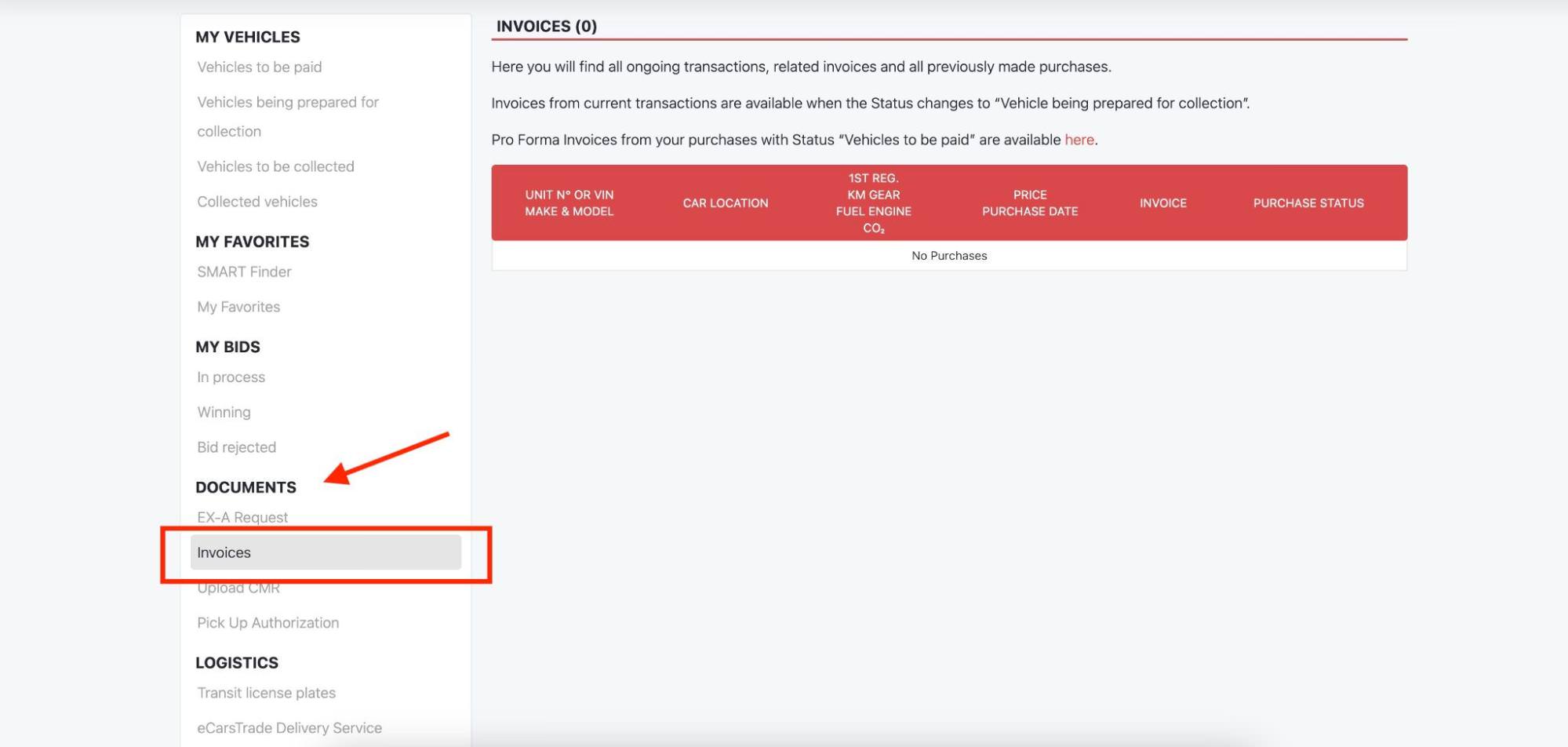
-
Car registration documents
Original registration papers come together with every car on eCarsTrade. We can give you all the original documents in different ways. You can get them when you pick up the car or we can send them to an address of your choice.
You will need to translate all car documents into Italian with the help of a certified Italian translator.
-
Certificate of Conformity (COC)
A Certificate of Conformity is a document provided by the car manufacturer. It basically says that your car complies with technical, safety, and environmental regulations. In terms of import and registration, this document is crucial.
However, dealerships sometimes won’t be able to provide you with a COC. At eCarsTrade, whether the vehicle has a COC or not depends on where the vehicle comes from.
For example, most of our cars from Belgium and Luxembourg have a COC. Vehicles from The Netherlands and Germany have a COC, but it’s not the original brand’s COC. Cars from France rarely have a COC.
You will also need your COC translated into Italian by a certified Italian translator.
► What to do in case your purchased car doesn’t have a COC?
You have several options to obtain a COC if your car doesn’t have one:
1) Contact the car's brand to ask if they can provide a COC
2) Order it from websites like EuroCOC
3) Agencies in Italy that deal with car import will be able to obtain the COC on your behalf.
-
Form F24
The F24 form is used to declare VAT on your imported vehicle. Without declaring VAT, you will not be able to start the registration process.
-
Form TT2119
The TT2119 form will be needed during your visit to your local Motorizzazione Civile, and it is necessary for your registration application (domanda di immatricolazione).
-
Form NP2D
You will need this form to complete your registration with the PRA (Pubblico Registro Automobilistico).
Everything you need to know to register an imported vehicle in Italy
► CAR REGISTRATION
Once you start the process of car registration in Italy, you can't use the car until you get your new papers and license plates.
Or, if your customers are private people, they won’t be able to use the car until the registration process is done.
The main institution for car registration is Ufficio Motorizzazione Civile (Motor Vehicles Office). They can be found in every town, and you can search this list to find an office closest to you.
The entire registration process from start to finish usually takes around 1-3 months, depending on your region in Italy.
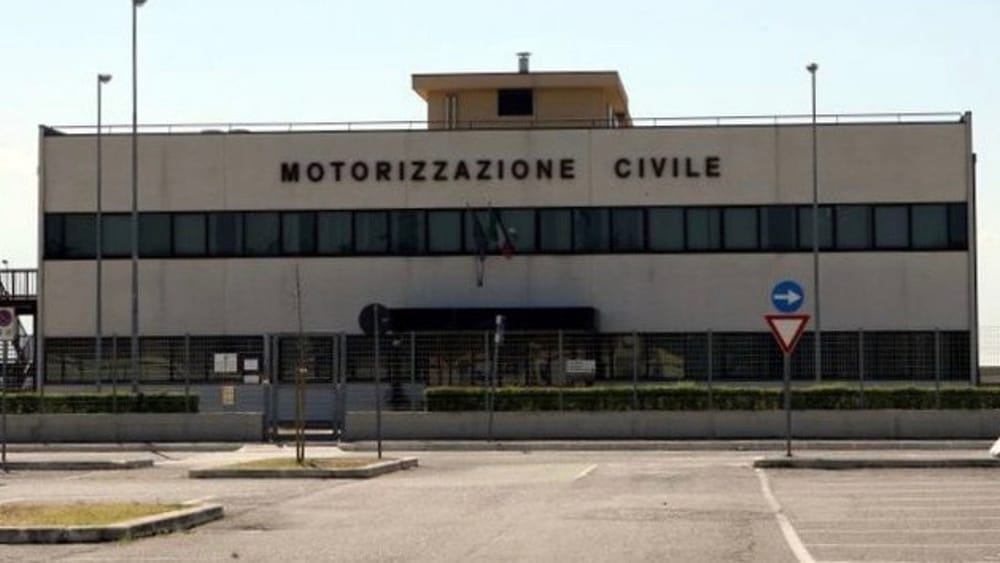
► CAR PAPERWORK AGENCIES
Specialized agencies that deal with all sorts of car bureaucracy are called Agenzia pratiche auto (car paperwork agencies).
We at eCarsTrade wholeheartedly recommend working with such an agency rather than importing a car on your own.
Importing yourself is cheaper, but it is also more time-consuming. If anything goes wrong, you will have to find a solution yourself, which could cost you even more time.
Agencies are used to bureaucracy and know which issues to anticipate. To find one closest to you, just google “agenzia practiche auto” + your location.
► VAT
You will need to declare the VAT on your imported vehicle through an F24 form with the Agenzia dell Entrate.
Keep in mind that to be considered used, a vehicle on the date of purchase must be more than 6 months old and have a mileage of more than 6,000 km. If any of these two conditions are missing, the vehicle is considered new.
Step-by-step guide: Importing a used car to Italy
1. Buy your car at eCarsTrade online auctions
Bid in our online auctions or buy directly from Our Stock. Once we receive the payment from your purchase, we will start the process of transporting your car to our parking in Belgium.
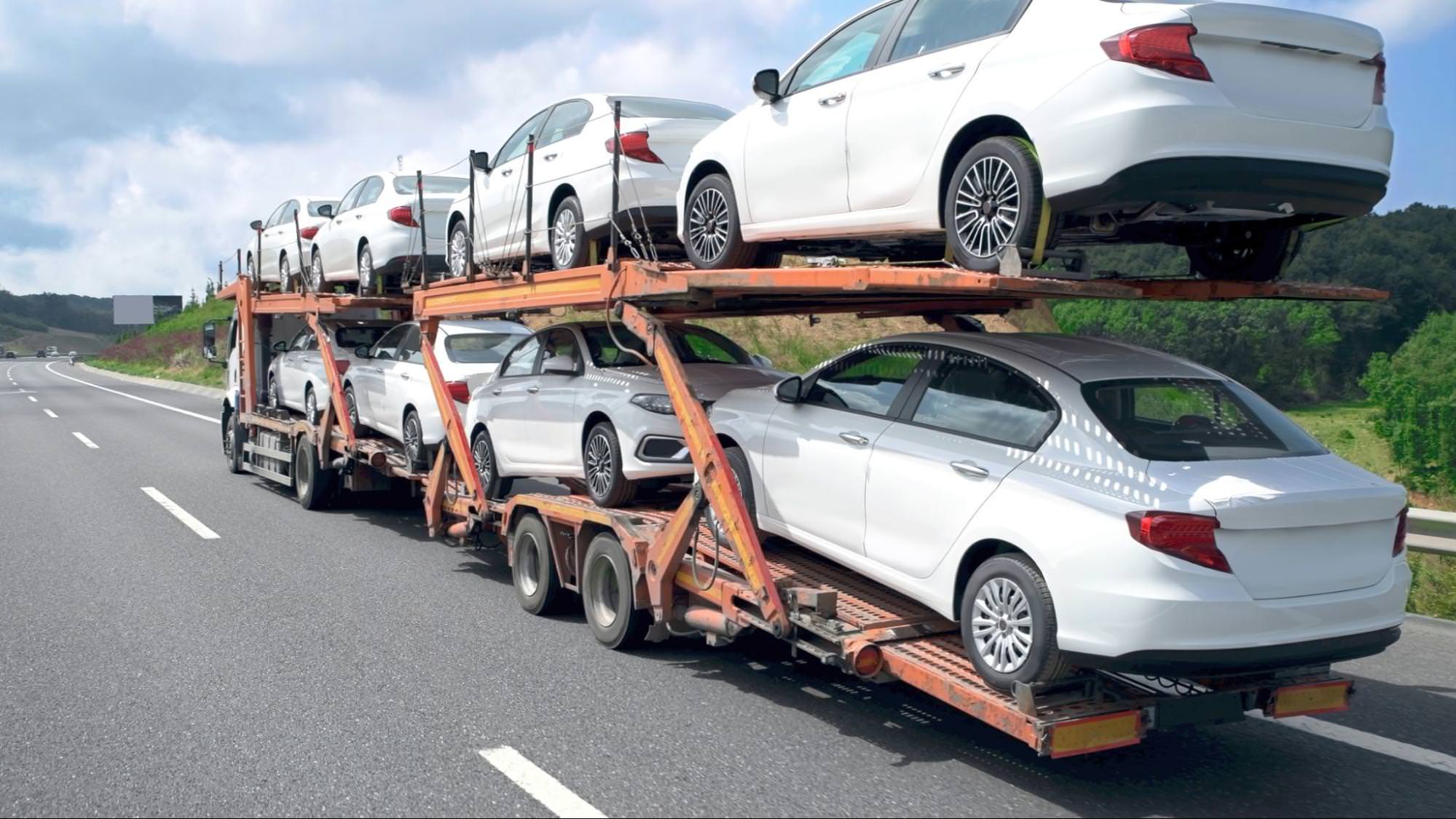
2. Organize transport to Italy
When the car is ready for pick-up, let us know if you want us to organize delivery or if you want to send a truck transport to pick up your car.
3. Obtain a COC
If the car you bought doesn’t have a COC, you can start making preparations to get a COC even before your car arrives in Italy.
You can obtain it through one of the ways we mentioned previously—requesting it from the brand, ordering from EuroCOC, or through a specialized agency if they will be taking over the import process for you.
4. Translate your car documents into Italian
Again, if you work with a specialized import agency, they will handle this step for you.
If you are handling the registration process yourself, you will need a certified translation of the original registration documents, the purchase invoice, and any other documents provided with the car in their original language.
Remember to use a certified Italian translator!
5. Fill out the F24 form to pay VAT
Most cars on eCarsTrade are sold VAT excluded. To be able to register the car successfully, you will need to declare the VAT to Agenzia delle Entrate upon importing the car to Italy.
Fill out the F24 form online.
6. Pass the technical inspection
When importing a car to Italy, it might also need to pass a technical inspection. Check with your local Motorizzazione Civile to see if your car needs one.
Technical control is done at a centro di ispezione, and you can find the list of inspection points in Italy here.
You will receive a safety certificate that confirms your car is safe to drive in Italy.
7. Register the car at your local Motorizzazione Civile
Now it’s finally time to register the car! To proceed with the registration, go to your local Motorizzazione Civile with these documents:
- Original car documents
- Translations of the car documents by a certified Italian translator
- Certificate of Conformity (COC) translated into Italian
- Proof of payment (for example, proof of the bank transfer)
- Purchase invoice
- Proof you declared and paid VAT (F24 form)
- Form TT2119 - Registration application (domanda di immatricolazione)
- Technical control certificate
8. Register your car with the Public Vehicle Registry (PRA)
Once you receive your car registration certificate from the Motorizzazione Civile, you must register the vehicle within 60 days with the PRA (Pubblico Registro Automobilistico).
You will need these documents:
- Car registration certificate issued by Motorizzazione Civile
- COC translated into Italian
- Original registration documents translated into Italian
- Purchase invoice
- NP2D form
- if you are buying a car for a company – you must have a stamped certificate from the Chamber of Commerce

9. Make your license plates
Once you have your registration certificate, now you can get your new Italian license plates at a garage.
10. Pay the annual car road tax (bollo)
Bollo is Italy’s obligatory yearly road tax. The cost of bollo differs per region and you can pay it online through Bollonet.
When your bollo is due depends on the vehicle type—gasoline, diesel, hybrid, or electric. You can also check this on the Automobile Club d’Italia website.
Frequently Asked Questions
► Is it better to buy a car in Italy or import it?
This depends on your specific needs and circumstances. Importing offers access to a broader selection of vehicles, potentially at better prices. And if you hire a specialized car paperwork agency to handle all the bureaucracy, importing is an easy process.
► How many cars are registered in Italy monthly?
In the first two months of 2024, there were 289,103 cars registered in Italy.
► What is the import duty for cars in Italy?
As a car trader, you must declare the VAT upon importing a car to Italy. Declaring the VAT is done with the F24 form at the Agenzia delle Entrate.

All you need to know about car import to Italy
We hope this article has equipped you with all the right information on how to successfully handle car imports to Italy.
From documentation to registration, we showed you the important steps, what papers you need, and where to find online help.
Now you’re ready to start buying on eCarsTrade auctions!
